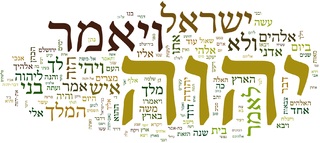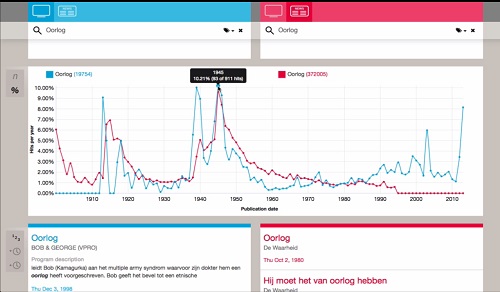
PaQu - Parse and Query
SummaryThe PaQu web service makes it possible to search in syntactically annotated corpora in Dutch. You can parse your own Dutch text corpus or use one of two corpora provided by the developers.

The PaQu web service makes it possible to search in syntactically annotated corpora in Dutch. You can parse your own Dutch text corpus or use one of two corpora provided by the developers.

A web application that enables researchers to perform linguistic queries on the WIVU Hebrew Text Database and preserve significant results as annotations to this resource. This database contains the Hebrew text of the Old Testament enriched with many linguistic features at the morpheme level up to the discourse level.

Tool for the quantitative and qualitative comparison of the acquisition of functional elements (morphological inflection, articles, pronouns etcetera) in a corpus with data from monolingual and bilingual children (Dutch - Turkish) with and without Specific Language Impairment (SLI).